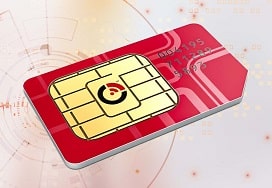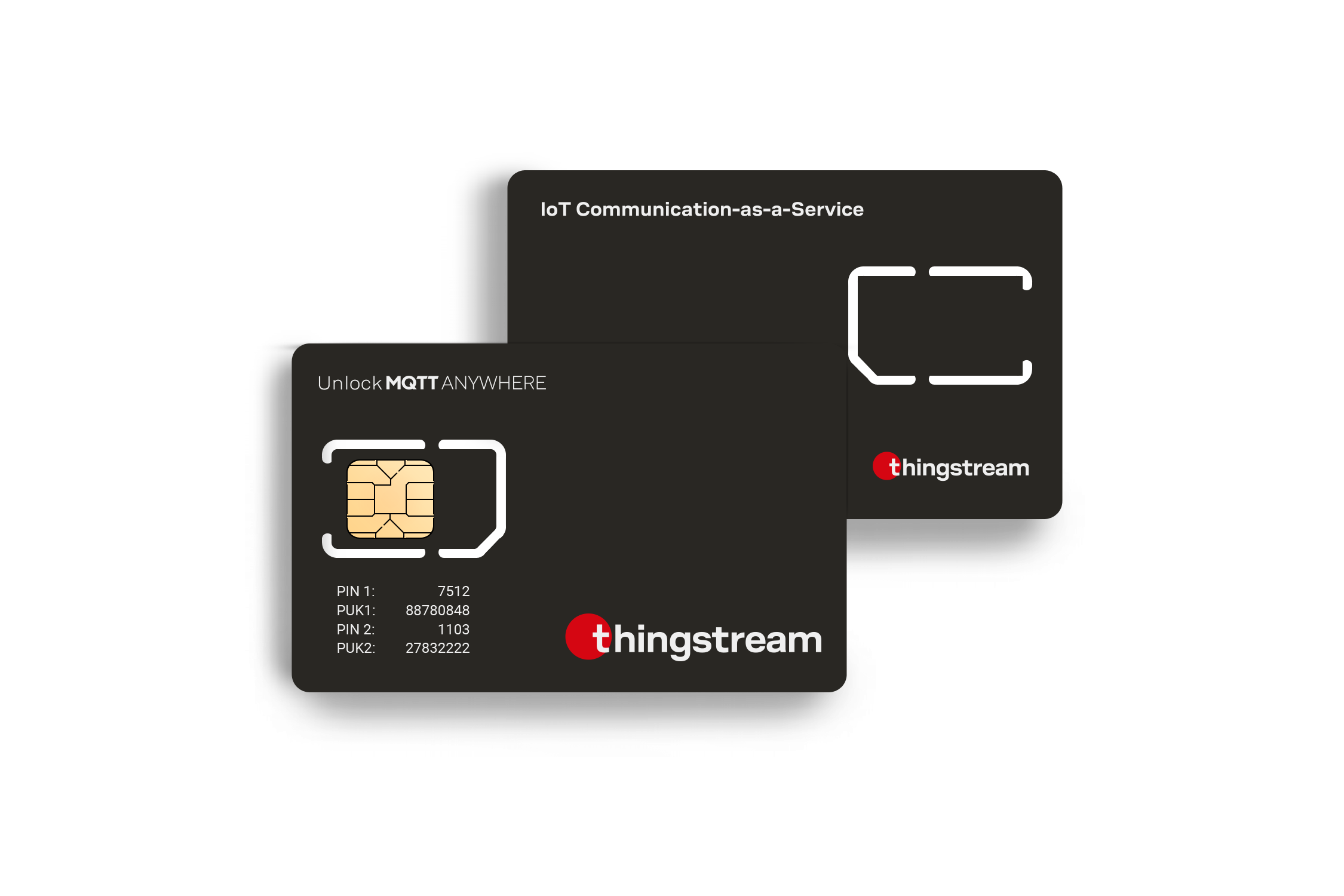Remote Monitoring Using Iot Overview of IoT Remote Monitoring
The landscape of the Internet of Things (IoT) is marked by a mess of connectivity standards and protocols designed to facilitate communication between units, applications, and services. Each standard addresses specific wants and eventualities, making it important to match these protocols based mostly on factors like scalability, vary, energy consumption, and application suitability.
IoT connectivity standards encompass a broad selection of technologies, together with Bluetooth, Zigbee, MQTT, CoAP, LoRaWAN, and cellular protocols similar to LTE and 5G. Understanding the strengths and weaknesses of these standards can guide companies and builders in choosing the right resolution for their applications, finally impacting the efficiency and effectiveness of their IoT ecosystems.

Bluetooth is a extensively adopted standard recognized for its short-range connectivity. Bluetooth Low Energy (BLE) provides decrease energy consumption, making it appropriate for battery-operated gadgets. This protocol is particularly efficient for client IoT applications, similar to fitness trackers and smart house units. However, its limited vary is normally a important downside for functions that require long-distance communication.
Iot Revolution Technologies Overview of IoT Remote Monitoring
Zigbee, another in style IoT protocol, is well-suited for mesh networking. This permits gadgets to speak over larger distances by relaying data between nodes. It operates on low energy and is often utilized in smart lighting and residential automation techniques. Zigbee's strength lies in its capacity to support a large quantity of units within a network, making it ideal for smart constructing functions.
On the opposite hand, MQTT (Message Queuing Telemetry Transport) is a lightweight messaging protocol designed particularly for low-bandwidth and high-latency networks. It excels in situations the place real-time communication is crucial, similar to in distant sensor networks or machine-to-machine (M2M) communication. MQTT is designed for environment friendly message supply, making it a top choice for IoT purposes that require quick data transmission.
CoAP (Constrained Application Protocol) is another messaging protocol tailored for constrained devices on lossy networks. It is usually used in purposes with strict requirements relating to energy utilization and knowledge overhead. CoAP operates over UDP, which permits low-latency communication, making it perfect for real-time knowledge transfer in smart city applications and industrial automation.
Iot Remote Monitoring And Control Advantages of IoT Monitoring Systems

LoRaWAN (Long Range Wide Area Network) serves a unique function, concentrating on low-power, long-range communication. It is particularly effective for IoT purposes that need to cowl giant geographic areas, similar to agricultural sensors or city-wide monitoring systems. LoRaWAN networks can assist thousands of units, providing scalability that many other protocols could lack.
Cellular networks, significantly LTE and 5G, provide a robust connectivity choice for IoT gadgets requiring high bandwidth and low latency. 5G is designed for massive IoT implementations with low latency, enabling real-time communication for functions such as autonomous vehicles and smart healthcare. However, the price of cellular connectivity can be prohibitive for smaller tasks, making it essential to gauge the price range alongside technical requirements.
Security is one other crucial consideration in the comparison of IoT connectivity standards. Each protocol has its personal strategy to information encryption and gadget authentication. MQTT, as an example, can benefit from SSL/TLS encryption, whereas CoAP offers Datagram Transport Layer Security (DTLS). Ensuring robust safety measures is vital, notably in scenarios involving delicate data, corresponding to health monitoring.
Interoperability is a significant problem in the IoT area, as myriad gadgets and platforms often utilize completely different protocols. Ensuring compatibility between various systems can complicate implementation. Some standards, corresponding to Zigbee and MQTT, provide bridges or gateways that facilitate interoperability with different protocols, enabling extra seamless integration within an IoT ecosystem.
Remote Monitoring Software for IoT Remote Monitoring
Latency and bandwidth requirements vary significantly among different functions. Low-bandwidth, high-latency purposes like smart agriculture may find success with LoRaWAN, whereas real-time applications corresponding to video surveillance might necessitate high-speed connectivity offered by 5G. The choice of connectivity protocol ought to align with the specific requirements of the application in question to foster optimal efficiency. Role Of Smart Sensors In Iot.
Environmental elements additionally play a task in determining essentially the most suitable connectivity standard. Urban environments may current challenges for protocols like LoRaWAN as a result of obstruction and interference, whereas BLE may battle with distance in large-area deployments. Understanding the bodily environment in which the gadgets will operate is crucial for making certain reliable connectivity.
Remote Monitoring Solutions Enterprise Control with IoT Solutions
Deployment scenarios, whether they involve urban, rural, or industrial settings, tremendously affect the choice of connectivity standards. Industrial environments typically necessitate protocols that can deal with high-bandwidth knowledge streams, while smart residence purposes could prioritize low-power solutions. Different settings will dictate the parameters of the IoT deployment, necessitating a tailor-made strategy.
In conclusion, the comparability of IoT connectivity standards and protocols reveals a diverse array of choices, each with its distinct advantages and trade-offs. Understanding the specific wants of an application, together with distance, energy consumption, and information transmission requirements, is crucial in selecting essentially the most acceptable standard. The trends within the evolving landscape spotlight the significance of seamless communication, sturdy security, and interoperability to great post to read create cohesive and environment friendly IoT ecosystems. As technology continues to advance, the need for adaptable and scalable options turns into even more pronounced, guiding future developments in IoT connectivity.
- Various IoT connectivity standards, such as Zigbee, Z-Wave, and LoRaWAN, cater to totally different application needs, with Zigbee specializing in short-range low-power communication and LoRaWAN emphasizing long-range capabilities.
- Bluetooth Low Energy (BLE) is perfect for applications requiring quick gadget pairing and minimal energy consumption, making it suitable for wearables and short-range smart residence units.
Iot Remote Monitoring Solution Guide to Real-Time IoT Monitoring
- Cellular IoT standards like NB-IoT and LTE-M are tailor-made for units demanding wider coverage with community reliability, ideal for agricultural and transportation sectors.
- MQTT and CoAP are outstanding utility layer protocols for IoT, where MQTT excels in light-weight message transport while CoAP is designed for constrained environments with decrease overhead.
- Security stays a vital differentiator amongst protocols; for instance, Zigbee employs AES encryption, whereas standards like LoRaWAN use end-to-end encryption to protect knowledge integrity.
Remote Monitoring Using Iot Essential Information on IoT Monitoring
- Some connectivity standards prioritize scalability; as an example, Thread helps mesh networking, permitting a number of devices to speak and not using a central hub, enhancing community resiliency.
- The energy consumption profiles of protocols can differ: LoRaWAN is very energy-efficient for low-frequency updates, whereas protocols like Wi-Fi require more substantial energy, making them much less suitable for battery-operated devices.
- Different protocols could offer various levels of interoperability; standards like AllSeen Alliance purpose to create a unified ecosystem, whereas others may require specific gateways or bridges for cross-standard communication.
(Role Of Smart Sensors In Iot)
- The choice of protocol often is decided by environmental considerations, with standards like Zigbee you could try this out performing nicely in indoor settings as a end result of its sturdy anti-interference capabilities compared to others like LoRaWAN, which is better suited for rural purposes.
What are the principle IoT connectivity standards?
Remote Monitoring Critical Remote Monitoring and Maintenance
The major IoT connectivity standards embody MQTT, CoAP, HTTP, LoRaWAN, Zigbee, and NB-IoT. Each standard serves specific use instances, with varying levels of effectivity, power consumption, and range, catering to numerous IoT functions.
How do I select the best protocol for my IoT application?
Remote Monitoring Solutions for Remote Asset Monitoring
Selecting the suitable IoT protocol depends on elements like data volume, energy consumption, latency necessities, and community topology. Analyzing these aspects alongside the particular operational environment will guide you in the direction of the best suited choice.
What are the differences between LPWAN and traditional wi-fi protocols?
LPWAN (Low Power Wide Area Network) protocols, like LoRaWAN and NB-IoT, concentrate on long-range communication with low energy consumption, making them best for battery-operated devices. In contrast, conventional wireless protocols like Wi-Fi and cellular offer higher bandwidth and faster connectivity, however they eat more energy and have shorter ranges.
Is security a major concern in IoT connectivity standards?
Remote Monitoring Basics of IoT Remote Monitoring
Yes, security is paramount in IoT connectivity. Protocols like MQTT and CoAP incorporate security measures like authentication and encryption. It's important to know these features when choosing a protocol to make sure information safety and gadget integrity.
Can a quantity of protocols be utilized in a single IoT deployment?
Absolutely. Many IoT deployments make the most of a mix of protocols to optimize efficiency and protection. For instance, you may use LPWAN for long-range sensor knowledge and Wi-Fi for native, high-bandwidth communication.
What are the advantages of using MQTT over CoAP?
Iot Remote Asset Monitoring Solution Solutions for Remote Asset Monitoring
MQTT is designed for high-throughput messaging and low bandwidth, making it suitable for environments with frequent updates. CoAP, then again, is optimized for constrained gadgets and networks, making them a greater match for certain purposes. Choosing between them is decided by specific software necessities.

How does community architecture influence IoT protocol choice?
Network architecture impacts protocol choice by dictating elements like range, scalability, and connectivity. A centralized structure may profit from protocols like HTTP, whereas a decentralized architecture may lean in direction of MQTT or CoAP for efficient message routing.
Are there future tendencies in IoT connectivity standards?
Iot Remote Monitoring Solution Basics of IoT Remote Monitoring
Yes, future trends embrace increased adoption of 5G know-how, enhanced safety measures, and interoperability between current and new protocols. Emerging standards like Matter aim to unify IoT units, making integration and communication more seamless throughout platforms - It Remote Monitoring Software.